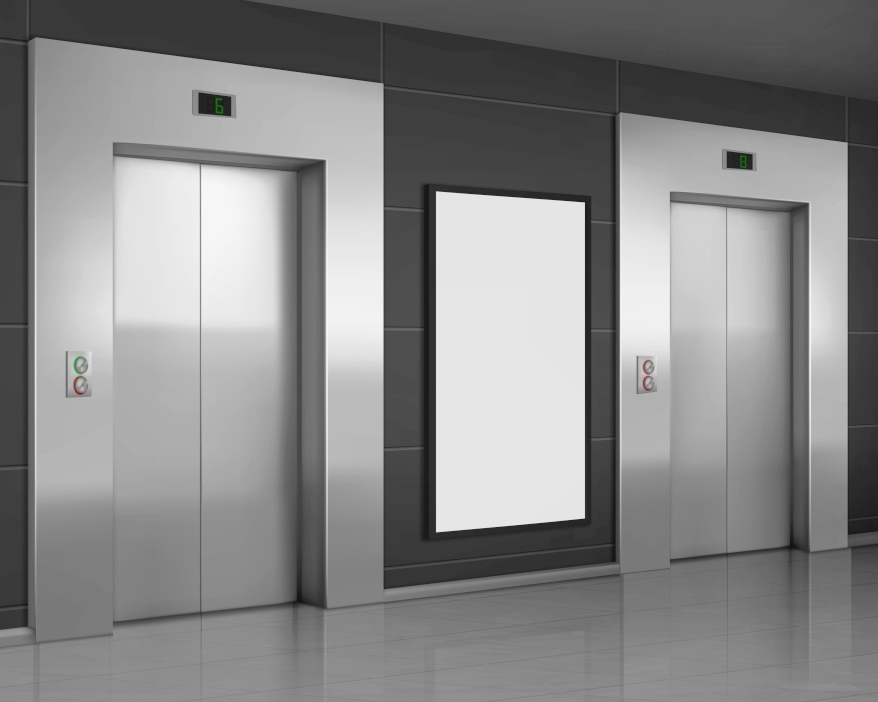Introduction

When you reach out your hand as the elevator door is about to close, the door will immediately open. I'm sure everyone has experienced this. Have you ever wondered how it works? It's all achieved by a small component hidden in the elevator door mechanism system - the micro switch. With its millisecond-level response speed and stable triggering performance, it guards the safety of elevator rides.
The role of micro switches
Elevator hand injuries often occur at the moment the door is closing, especially when children reach out or passengers carry large items. Traditional elevators used mechanical touch plates to prevent hand injuries, but problems such as slow response and frequent false triggers occurred. Nowadays, micro switches have been fully introduced into elevator anti-hand-injury systems. They can accurately detect and respond quickly, triggering instantly by capturing minute displacements, fundamentally eliminating the risk of hand injuries.
As a frequently used component in elevator anti-hand-injury systems, its durability determines the reliability of the elevator. Elevator doors open and close an average of 300 to 500 times a day. Such high-frequency operation causes fatigue in the spring contacts of ordinary switches and oxidation failure of the contacts. The micro switches in elevator anti-hand-injury systems use fatigue-resistant stainless steel spring contacts, and the contacts are made of alloy materials that can resist arc erosion. The switch housing is designed to be dust-proof and waterproof, adapting to the humid and dusty environment inside elevator pipes to ensure long-term stable operation.
conclusion
conclusion
Elevator safety is no small matter. The upgrade and precise cooperation of every small component make every entry and exit from the elevator more reassuring.
Post time: Oct-21-2025






